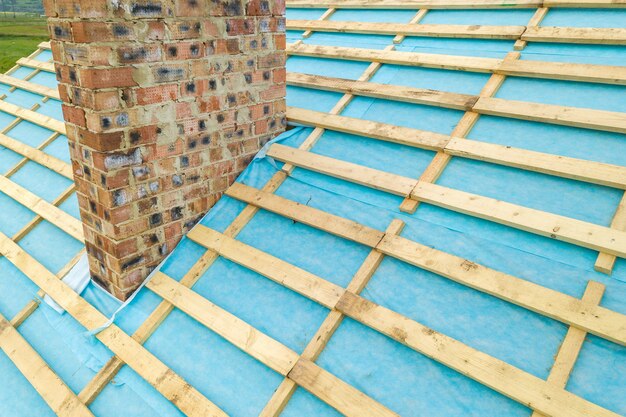Unveiling TPO Roofs: What You Need to Know
If you're in the market for reliable roofing solutions, you've probably come across the term TPO roofing. But what exactly is it, and why is it growing in popularity?
TPO, or Thermoplastic Polyolefin, is a single-ply roofing membrane popular in commercial roofing settings due to its durability and energy efficiency. It's made from a blend of polypropylene and ethylene-propylene rubber, offering impressive strength and longevity. One of the standout features of a TPO roof is its highly reflective surface, which helps reduce heating costs by reflecting sunlight and maintaining cooler building temperatures. It’s also a sustainable choice as it's 100% recyclable at the end of its life cycle.
Benefits of TPO Roofing
Cost-Effectiveness: TPO roofs offer a balance between affordability and performance. Generally, they are less expensive than other roofing materials like PVC and EPDM, making them a cost-effective option for large projects.
Energy Efficiency: The reflective nature of TPO reduces energy consumption by minimizing the load on HVAC systems. This ability to keep buildings cooler can lead to lower electricity bills, making TPO a smart choice for budget-conscious facility managers.
Durability: Resistant to tears, punctures, and dirt buildup, TPO membranes can withstand harsh weather conditions while requiring minimal maintenance over their lifespan. This resilience is particularly beneficial in fluctuating climates, providing lasting protection.
Ease of Installation: TPO is lightweight, which simplifies the installation process. Whether mechanically attached or fully adhered, its versatility can reduce the time and labor costs involved in roof application.
Potential Drawbacks
While TPO roofing has numerous advantages, it's essential to consider its potential downsides. Some older formulations of TPO have occasionally demonstrated challenges with performance in extreme heat conditions. However, most manufacturers have since improved their formulations to withstand higher temperatures.
Exploring Financial and Educational Opportunities
Investing in a roofing system, even a cost-effective one like TPO, is a significant financial commitment. It’s crucial to explore potential financial assistance programs that can alleviate upfront costs, making sustainable roofing solutions attainable for more businesses and homeowners.
Look into the following opportunities:
Government Funding and Incentives: Various government programs offer financial aid and tax breaks for those investing in energy-efficient building solutions, including reflective roofing options. Check with local and federal agencies for available rebates or grants.
Energy Efficiency Loans: Some financial institutions provide loans specifically tailored to improving energy efficiency in businesses and homes, helping property owners manage the costs of upgrading to TPO roofs.
Educational Grants and Programs: For those looking to understand more about sustainable architecture and roofing technology, educational grants can support coursework in this field. Building expertise could not only contribute to your understanding but also expand professional opportunities in construction or architecture.
Thinking beyond immediate roofing needs could drive further advantages, both in financial savings and environmental impact. Exploring these options could also position you for success in expanding your property or business efficiently and responsibly.
Quick Reference: Financial and Educational Resources
- 💰 Government Aid Programs — Offers rebates or funds for energy-saving improvements.
- 📈 Energy Efficiency Loans — Low-interest loans geared for eco-friendly building upgrades.
- 🎓 Educational Grants — Funding opportunities for studies in sustainable building practices.
By understanding and potentially leveraging these resources, you can smartly manage the costs and benefits of transitioning to a TPO roof, securing economic and environmental advantages for your property or business.
